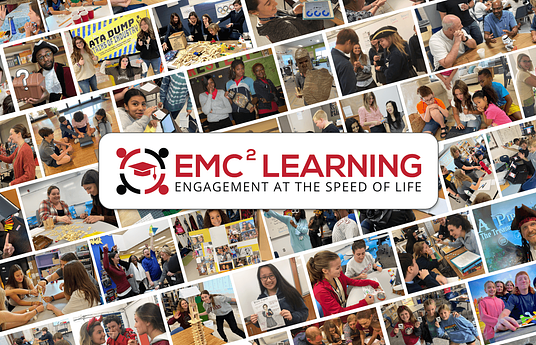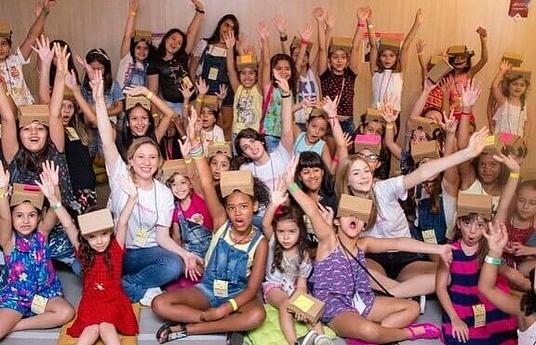The Self-Determined Learning Lab (SDLL) was designed using a self-determination theory framework which posits that individuals thrive when their basic psychological needs for autonomy, competency-building, and relatedness are met. SDLL utilizes these tenets to cultivate a student-driven pedagogical approach where children create interest-based goals and engage in their implementation.
SSDL is a choose-your-own-adventure in learning, where students reflect on goals they want to achieve and strategically plan and carry out a design for goal attainment. Goals generally encompass the areas of advocacy/changemaking, skill mastery, service-learning, community service, and interest exploration. While educators provide support as needed, the students are responsible for obtaining resources, navigating challenges, seeking help, managing their time, monitoring their progress, and adapting new strategies as necessary. Project outcomes have included initiatives for change within the school and in the community, experiential off-campus exploration of fields such as fashion design, sustainable agriculture and herpetology, charitable campaigns to provide relief to hurricane victims and our unhoused population, and innovative game creation and design. As the program is student-led, no two projects looks the same, but all cultivate a deep intrinsic motivation to learn and thrive.
Although the Self-Determined Learning Lab (SDLL) originated within a specific school's context, its core principles are highly adaptable. Schools seeking to foster student agency and personalized learning can extract the fundamental SDLL design and tailor it to their unique pedagogical approaches. The successful implementation of such a model, however, hinges on factors like resource availability, faculty motivation, administrative buy-in, and the existing school structure. The scalability of the program design, however, allows for the widespread potential of SDLL-inspired programs across diverse educational settings.
Documentation outlining the SDLL program design and starter resources is in development and will be available shortly. In the meantime, schools are encouraged to contact the program designer directly for further details.


